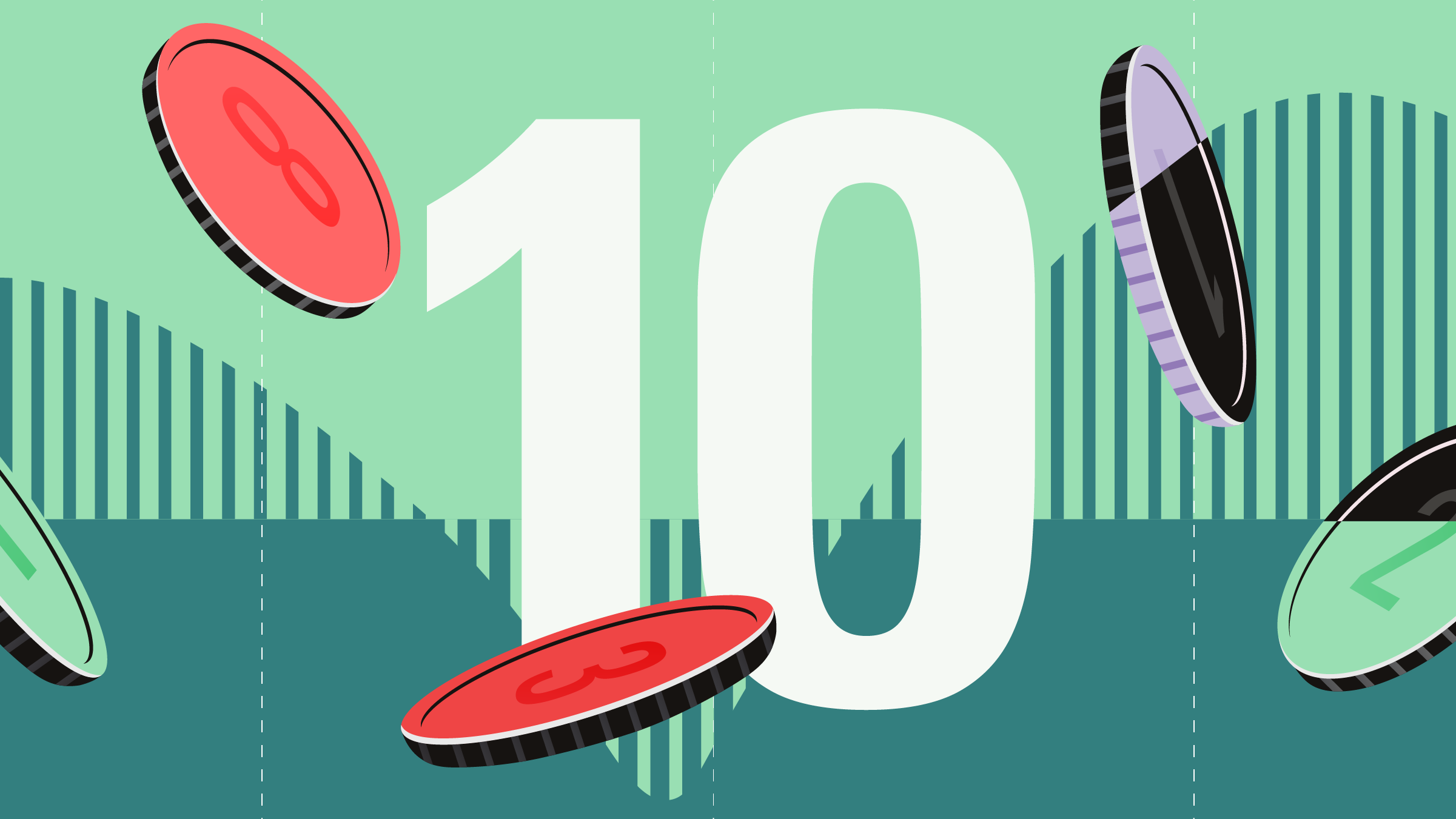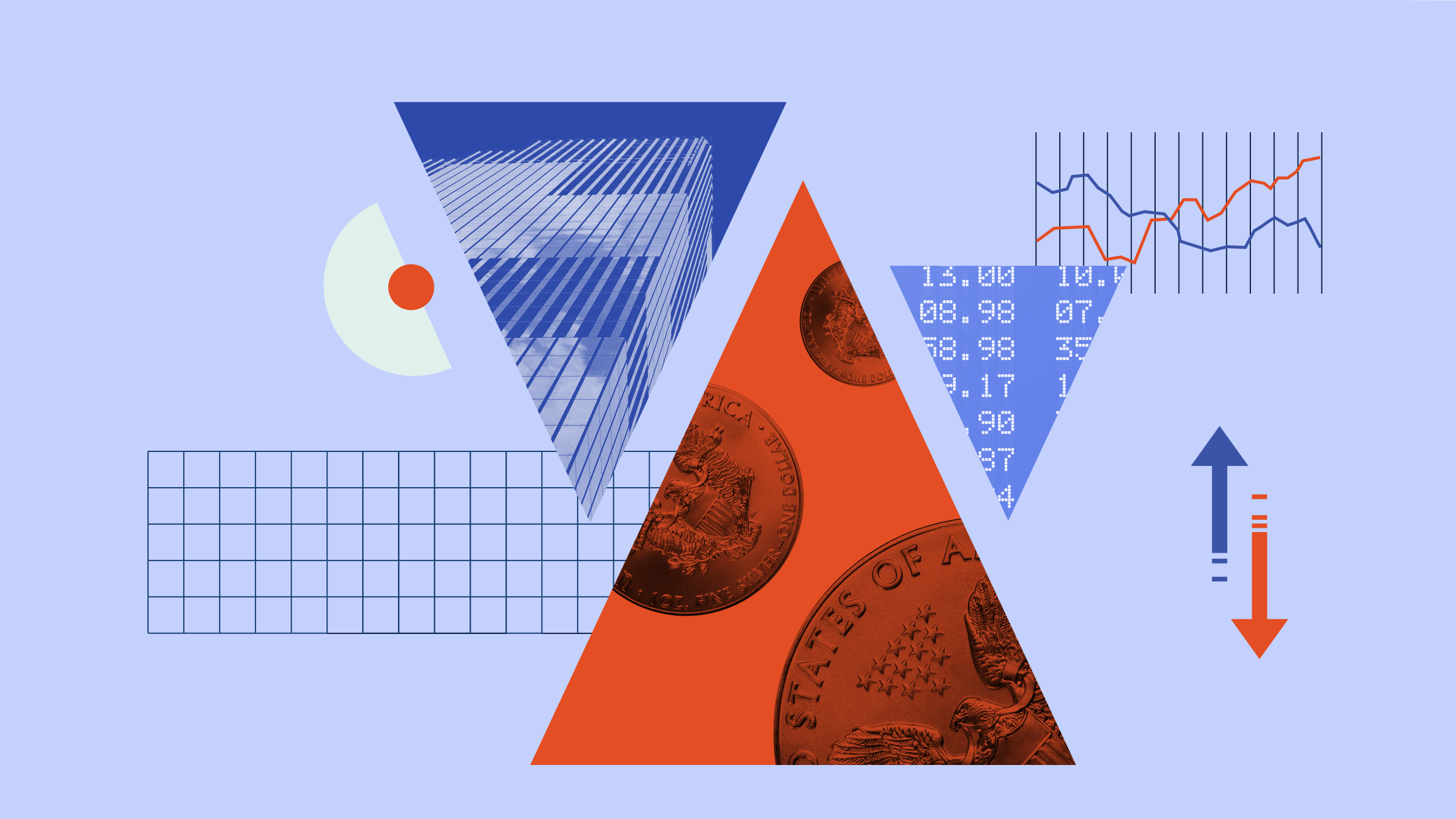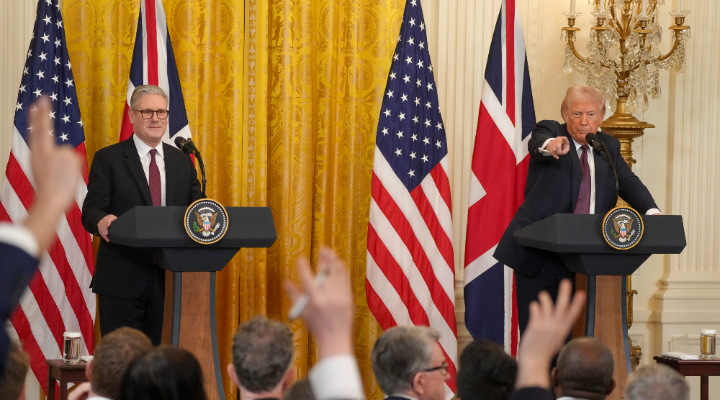
When investment trusts are in demand their price goes up – but is it ever worth paying over the odds to invest in a top trust?
At least 38 investment trusts are trading at a premium of 4% or more to their net asset value, according to Morningstar data. Typically, trusts trade at a premium when they are firmly in favour with investors – this can be for any number of reasons: the region or sector the trust focuses on may be in fashion, the trust may pay a higher-than-average income, be run by a well-rated manager or have had a strong run of performance.
While many investors may think that a trust trading at a premium indicates an excellent investment, experts say it is not necessarily a signal to buy. That view is backed up by the fact that just four of the 38 trusts at a premium of 4% or more have a Morningstar rating. Lindsell Train (LTI), RIT Capital (RCP) and Baillie Gifford Shin Nippon (BGS) each have a five-star rating and 3i Group (III) four stars.
The Lindsell Train Investment Trust is trading at an eye-watering premium of 93%. But this is something of an anomaly as the trust was established to support the Lindsell Train investment management business and owns a 46% stake in that company. Indeed, the board has consistently cautioned new shareholders against buying shares at such a premium, warning that “any reversal in markets or in Lindsell Train Limited’s performance could cause [the premium] to evaporate, leading to significant losses”. Thomas McMahon, senior analyst at Kepler Partners, says one major risk to the premium on the trust is if one of the founders, Michael Lindsell and Nick Train, were to retire.
Income at a Premium
Lindsell Train aside, the trusts at the greatest premiums are typically those paying a higher income. Doric Nimrod Air Three (DNA3), for example, generates an income by leasing planes to airlines. Its 12-month yield is 12%, according to Morningstar data, and it trades at a hefty premium of 38.9%.
Meanwhile, 3i Group is focused on private equity and infrastructure assets, both of which are currently in vogue among investors. The trust yields 4.9% and currently sits on a premium of 37.1% to its net asset value.
David Holder, senior research analyst at Morningstar, said: “The top trusts standing at a premia are dominated by the AIC’s specialist sectors, including renewable energy, infrastructure and specialist real estate. These trusts have two key attributes that appeal to investors at the moment: they are uncorrelated to global equity markets and they produce relatively high levels of income.”
As global stock markets become more volatile and interest rates remain at rock-bottom, it is unsurprising that these qualities appeal to investors. Historically, investors have turned to investment-grade and government-backed bonds to find income and at times of uncertainty, but a flood of money into these assets in recent years has driven yields down, making them less appealing. “[As a result] we have seen an increasing appetite for more esoteric assets, designed to meet demand for income,” says Holder.
Trusts trading on a premium might indicate strong performance or a high income, but they come with a major risk: if the premium falls, investors will lose money. Just as with any other share, if you pay 120p and its price falls to 100p, you have lost 20% of your capital. Investors may make the judgment that the higher income they receive is enough to offset the capital loss, but there is also the risk that the pay out falls.
Also among the trusts on the highest premium are two more aircraft leasing specialists feature in the top trusts on a premium: Doric Nimrod Air Two (DNA2) yields 10.3% and sits on a premium of 14.3%, while Amedeo Air Four Plus (AA4), yields 9.1% and is at a premium of 15.4%.
Energy Trusts Have Surged
Renewable energy trusts have also been driven to a premium by a surge in investor interest – these trusts make an income by selling the energy they generate through solar panels and wind turbines. NextEnergy Solar (NESF) is at a premium of 11.5% with a 12-month yield of 6.2%, while Greencoat UK Wind (UKW) yield 5.8% and is a premium of 11%. Bluefield Solar Income (BSIF) trades at a premium of 17%, with a 12-month yield of 5.1%.
But Holder says that overpaying for a trust “makes little sense”. Rather than considering trusts at a premium, investors might do better to choose those trading at a discount to their net asset value. As well as collecting potential returns from income and NAV growth, investors also then have the potential to make gains if the discount closes. There are risks here, too, however as often there is a good reason that a trust trades at a discount, such as a record of poor performance. Among the trusts on the widest discounts are Hansa Trust (HAN), at a 30.8% discount, LMS Capital (LMS) at 32.4% and New Star (NSI) at 33.6%.
Holder says: “Investors may think that buying an investment trust at a premium is appropriate if they believe the stated NAV understates the real value of the assets and, therefore, that the premium is illusory.” This might occur with assets which are not easily or regularly valued such as commercial property. He adds: “But buying conventionally-priced assets above NAV is less palatable and should generally be avoided. In most cases it’s better to wait for a change in investor sentiment, which should let you invest at a more attractive price.”

































